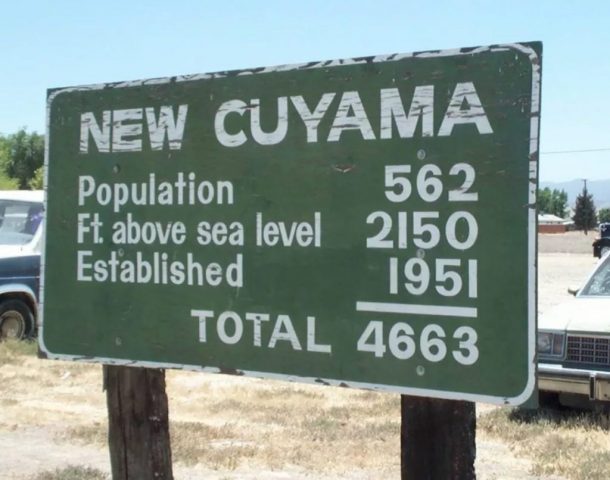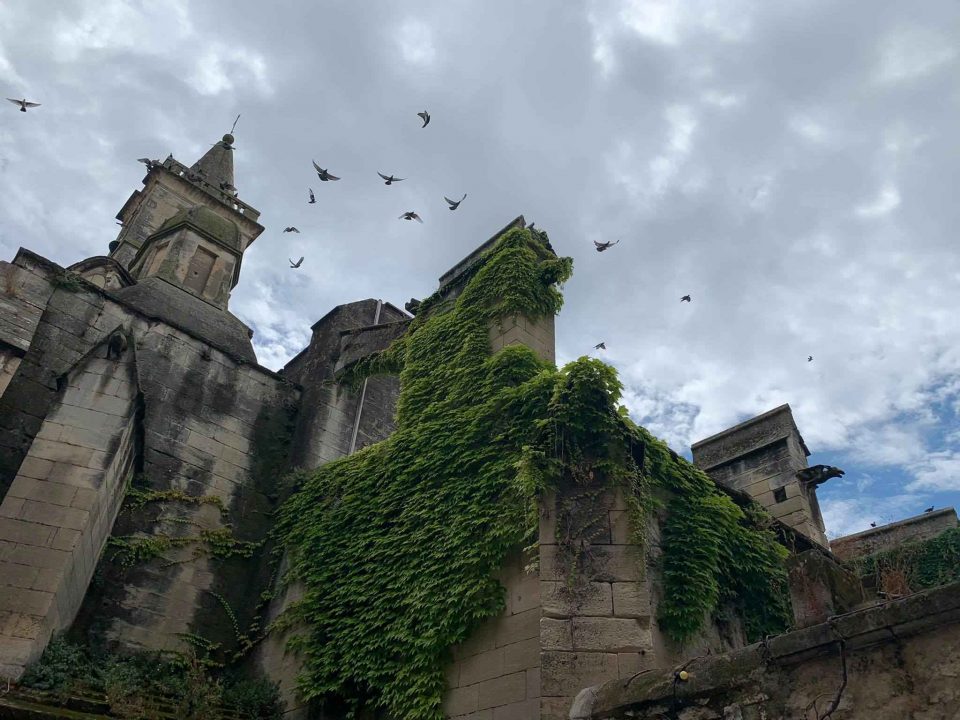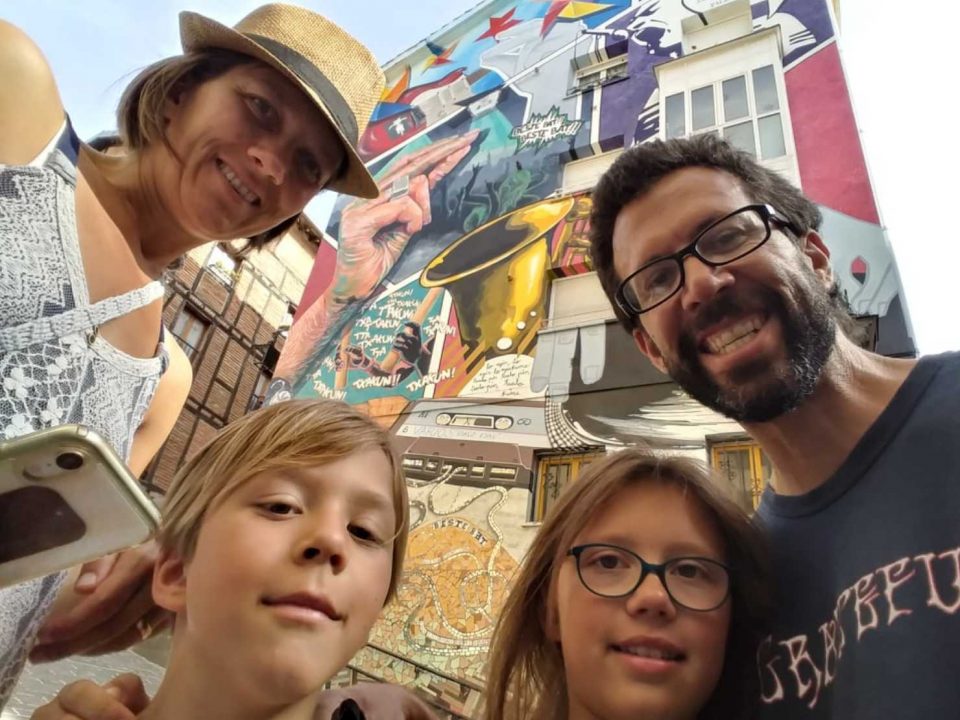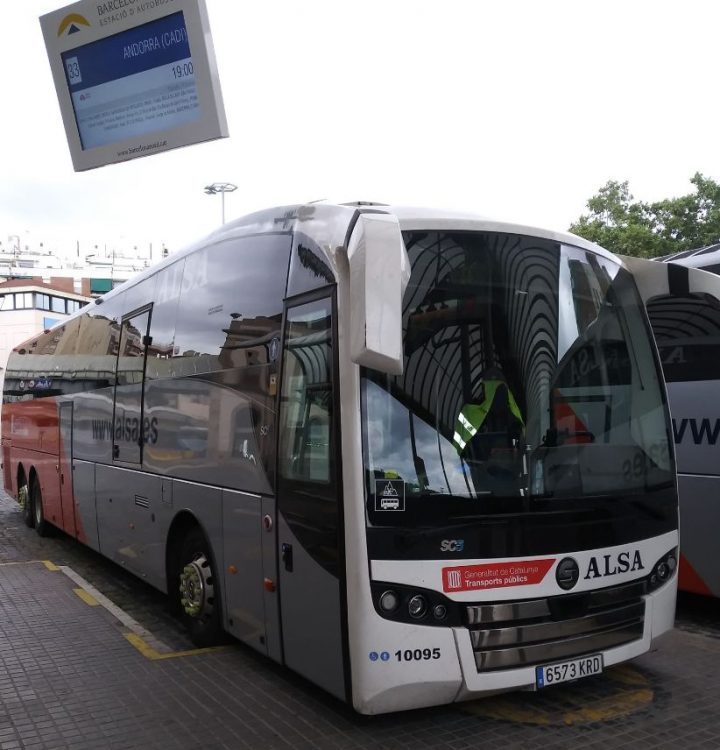
The Easiest, No-Knead Sourdough Bread EVER
March 23, 2016
Local Flavor in Lovely Albuquerque
April 1, 2016To spend a Saturday night in the faraway city of New Cuyama at the eastern end of highway 166 is to know true sorrow and utter desperation. If hope were a long road winding its way through the rolling foothills of the Santa Lucia wilderness, then New Cuyama would be its sudden and unexpected dead end. The only thing more dreary than arriving there under cover of darkness after an hour and a half on a dirt road out of the Carrizo Plains, is waking up there the following morning.
After an afternoon expedition through the wildflower haven of Shell Creek Road outside Santa Margarita, and then down through the geological and archaeological landmarks of the Carrizo Plains National Monument, we found ourselves unprepared to camp out, so we opted to hastily depart the monument before sundown. The only southbound road out of the park (towards highway 166), however, turned out to be of much inferior quality to the road on which we’d entered this pristine region from the north (via highway 158). And as the sun sank low and the stars began to twinkle in the twilit sky, we drove well beyond the point of no return, deep into the heart of whine country.
Despite the stunning landscape and breathtaking sunset, there was little we could do to weather the hunger pains and general malaise of children unimpressed by vast expanses of seasonal wildflowers and crepuscular cloud formations. Enduring the rough and lonely unlit road, our appetite for even the most unsophisticated diner food grew hearty indeed. It was well after 8 pm by the time we’d reached the humble hotel restaurant and saloon whose decrepit sign bore the name Cuyama Buckhorn. Never in their short lives had our children been so disappointed.
The restaurant, the only one in town, virtually the only building in town, certainly the largest, had closed at 8 pm sharp, on a Saturday night. The hotel’s congenial night clerk, who doubled as the saloon’s thoroughly tattooed barmaid, advised us that the neighborhood cafe also closed at 8, and that the only place to get any food at this hour, within about 60 miles, would be the store at the end of the street. So we hurried to the end of the street and stepped into a kind of glorified 7-11, with a tremendous selection of diapers, motor oil and canned beans, as well as some frozen pot pies and an aisle of potato chips and Doritos. We ended up with a loaf of wonder bread, some canned tuna, and a single serving bag of pistachios.
Sullen and dejected, but relieved to at least be out of the car, we made our way back to the Cuyama Buckthorn and found our room, unit 12. Reviews on Yelp were generally positive, suggesting that the hotel was nicer and cleaner than most customers had expected—for the price. Apparently these customers had not expected much, and the room, after all, was only 50 dollars for the four of us.
To call it minimalist would be a generous overstatement. The architectural style of the hotel room could better be described as an uncommon intersection of Bauhaus and house of detention. White tile floors, white concrete slab walls, two full beds with white sheets and white comforters, not a stitch of color anywhere in the room. No artwork or pictures of any kind hanging on the walls. Not so much as a wall clock, nor even a simple digital clock by the bed. I checked the nightstand—the room’s only piece of furniture other than the beds, unless you’d call the toilet a piece of furniture—and opened the drawer. Not that I’m superstitious, but this was the first American hotel room I’d seen in my whole life that did not have a Bible.
I’m pleased to say that the bed was comfortable enough and we slept reasonably well. My dreams were only marginally disturbing, and I was not even woken by the neighbor’s fit of vomiting that stirred my wife at 5 am. When I did get up, I peeked out the window between the mini blinds. The parking lot looked even more dour by daylight, but I was glad to see our car still there, right where we’d left it. Stepping outside, we felt like we were being let out of jail. I never thought I’d be so eager to get to Santa Maria.
For more entertaining stories from the esoteric tourist, check out the following articles.





